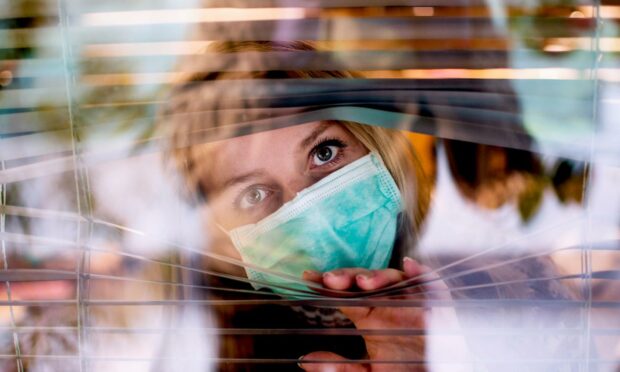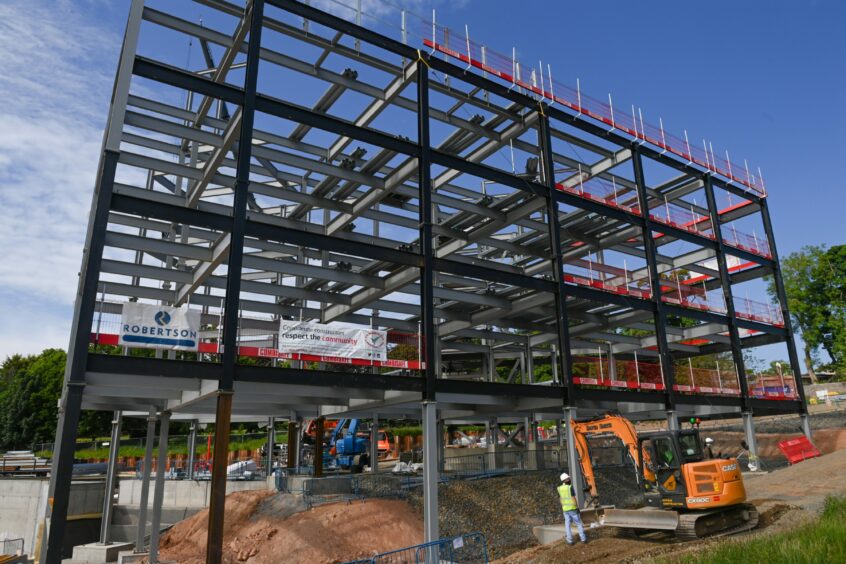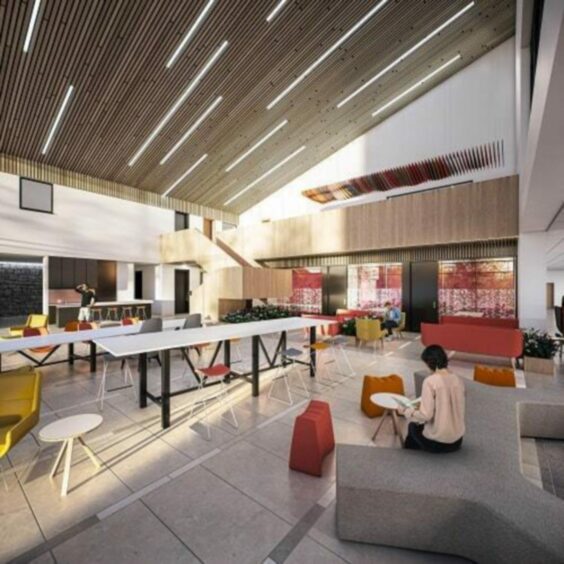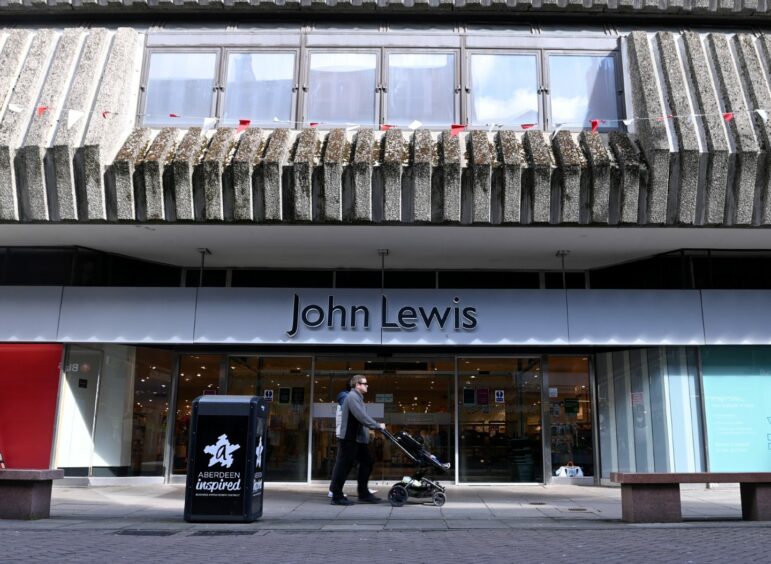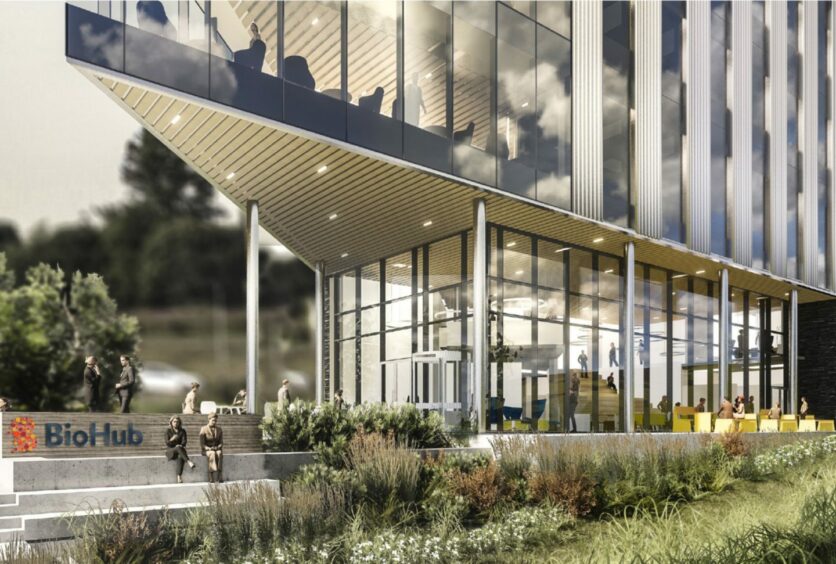If there’s one thing we’ve learnt over the past year it’s that nothing is certain in a pandemic.
We’ve opened 2022 much like 2021, with talk of government grant support, a large number of businesses restricted and political parties and candidates starting to gear up for another round of elections in May.
So, what does 2022 have in store for our small business community?
Entrepreneurial spirit is alive but, if we want to support growth and help transform our economy, we need to reverse the trend of a falling business base.”
Fortunately, we know a fair bit about the issues and how they’ve changed during the course of the pandemic thus far, thanks to ongoing survey work conducted by the Federation of Small Businesses (FSB).
Covid-19 restrictions aside, firms are facing spiralling overheads, staff shortages, shaky consumer confidence and tax rises in the spring.
With all of these problems swirling around, trying to predict what may lay in store over the next year is no mean feat.
Equally challenging is trying to cover the ups, downs and pivots the business community faced in 2021.
The past 12 months saw huge strides by many firms to move their offer, product, service and/or staff online.
Successive government initiatives such as DigitalBoost and Help to Grow: Digital showed there is a continuing desire from the business community to invest in developing their digital offering.
Pre-pandemic FSB research showed increasing the digital skills base for business owners and staff was not only key to survival but also for growth.
Those that didn’t or couldn’t adapt struggled and most likely were among the 20,000 firms that failed in 2021.
5.4% fewer Scottish businesses
According to the Scottish Government’s last Businesses in Scotland statistical release, between March 2020 and March 2021 the
It is estimated the number of enterprises in Scotland fell by 19,805 between March 2020 and March 2021 – a drop of 5.4%.
There are now 344,505 firms in Scotland, the smallest number since 2014 when there were 329,765.
Aberdeen city saw its business base drop by 345, while Aberdeenshire recorded a drop of 390.
And the statistics suggest the bulk of these ventures were the very smallest operators, like self-employed individuals and new-start businesses.
Local businesses are more vulnerable now than they were at the start of the crisis.”
New initiatives to build the resilience of our self-employed community – such as investigating a collective insurance scheme for the country’s self-employed, taking inspiration from similar initiatives on the continent – would certainly be welcomed in 2022.
Entrepreneurial spirit is alive but, if we want to support growth and help transform our economy, we need to reverse the trend of a falling business base and support our budding entrepreneurs and self-employed.
While we can’t predict how long Covid-19 will linger, this is by no means the only threat to the business community over the course of 2022.
Late payment woes
A recent FSB study of more than 1,200 business owners found close to one in three (30%) had seen late payment of invoices increase over the past three months, with a further 8% experiencing other forms of poor payment practice.
Only 6% said a change in payment terms had been agreed over the period.
Nearly one in 10 (8%) said late payments were threatening the viability of their firms.
Worryingly, this could lead to the closure of 440,000 firms across the UK.
Local businesses are more vulnerable now than they were at the start of the crisis because many have exhausted their cash reserves and others are weighed down with debt.
Despite the gloom of what is now nearly two years, there is still much to celebrate and be buoyant about in and around Aberdeen.
Major plans are afoot to reshape the city centre and beachfront.
A new BioHub to support hundreds of scientific entrepreneurs should open its doors in the autumn and construction is due to begin on the Seedpod, supporting our food and drink sector.
Once again, we’ve seen just how resilient our small businesses and self-employed community are at adapting to the numerous challenges thrown in their direction.
In towns around Aberdeenshire we’ve seen empty units brought back to life by budding local entrepreneurs and small regional chains, aided by campaigns such as Scotland Loves Local, and also more people exploring what is on their doorstep.
We’ve seen start-up inquiries grow, and many businesses diversify their operations and adapt – in a lot of instances overnight.
However, despite the success stories in many towns and villages across the north-east over the past year, we have also witnessed major retailers ceasing to trade or downscaling operations.
For decades Aberdeen has been a magnet for shopper across the north-east and beyond, with thousands of businesses heavily reliant on the footfall generated.
Injecting vibrancy back into the city centre requires a vision that: Regenerates vacant premises and buildings; understands the need for an economic stimulus package for the city; increases footfall and spend for city-centre businesses; enhances the area as a destination to complement nearby cultural attractions; improves connectivity between other retail centres and transport hubs; and strikes the right balance between public realm improvements, pedestrianisation and access via private transport – cars, vans etcetera for business owners and customers.
It must also promote opportunities for new start-up businesses and local produce, while encouraging more people to “shop local”.
Much like 2021, the challenge for 2022 will be dealing with the immediate crisis, while not losing sight of the longer-term, bigger prize – building a fairer, more resilient and more sustainable economy on the other side.
One of the few certainties we have for 2022 is that our small businesses and self-employed will play a crucial role in driving forward new ideas, exploring new markets, pivoting to new ways of work and showing the same tenacity as they have across 2021 and the many years before that.
David Groundwater is north-east development manager for the Federation of Small Businesses.
By Ian Forsyth
The £40 million BioHub in Aberdeen will provide support programmes and physical infrastructure to grow businesses, nurture commercialisation opportunities and connect academics and health researchers to industry.
The facility at Foresterhill Health Campus will be the nucleus of the life sciences cluster in the north-east.
BioHub secured £20m of capital funding from the UK and Scottish governments through the Aberdeen City Region Deal, a partnership between both governments, Aberdeen City Council, Aberdeenshire Council and Opportunity North East (One).
One has committed up to £5.6m of funding over seven years to deliver BioHub’s objectives.
The project has been developed by the One life sciences sector board, which includes business leaders, Aberdeen University, Robert Gordon University and NHS Grampian.
The delivery partners are One, Aberdeen University, NHS Grampian and the Aberdeen City Region Deal.
On track for autumn opening
BioHub will offer a combination of facilities, networks and support programmes to help business leaders, academics and clinicians to realise their commercial ambitions.
A new company, BioAberdeen, was created to oversee the capital project.
The main construction phase for BioHub started last March and the first phase is due to open to tenants this autumn.
